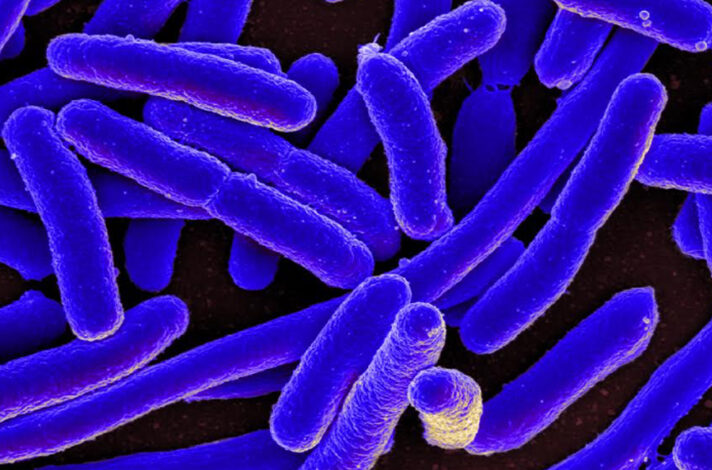Study could help beat multi-drug resistance

New Delhi: Multi-drug resistance is increasingly becoming a major public health issue. Scientists across the world have been working on finding ways to deal with the problem. A major issue has been that while some bacteria evolve multi-drug resistance some others don’t. The reason for this is yet to be found out.
A new study at the Population Biology Laboratory at Indian Institutes of Science Education and Research (IISER)- Pune promises to help decipher this and several other similar mysteries.
The scientists at IISER, Yashraj Chavhan, Sarthak Malusare, and Sutirth Dey conducted their study on E Coli bacteria. They grewsamples of the bacteria with varying population sizes across different environments and then subjected them to whole-genome, whole-population sequencing analysis. They found that samples with a small population size acquired a certain set of mutations which allow them to survive in a certain environment but not in others.
Samples with large populations also developed these mutations. However, they further developed some certain compensatory mutations that together helped them to survive in multiple environments. It was clear that population size determined the kind of mutations available to the bacteria, which in turn, leads to the type of fitness they acquire.
The group studied about 480 generations of E. coli in four types of steady environments consisting of different carbon sources, namely, galactose, thymidine, maltose and sorbitol, and one fluctuating environment in which the carbon source changed unpredictably amongst the four sources.
The study assumes importance as so far it was understood that the ability of a bacteria to develop multi-drug resistance was based on what was termed as `fitness cost’: when bacteria become fit in one environment, they either lose fitness or fail to increase fitness in other environments. The new study has clarified this by showing that when the environment is fluctuating, large populations can bypass this effect.
However, the research work only shows that large population size can help in fluctuating environments. It is not yet clear as to what is the cut-off size. It willvary from one species to another. It would be interesting to figure them out for different kinds of organisms. The scientists have published a paper in the journal `Ecology Letters’. (India Science Wire)








